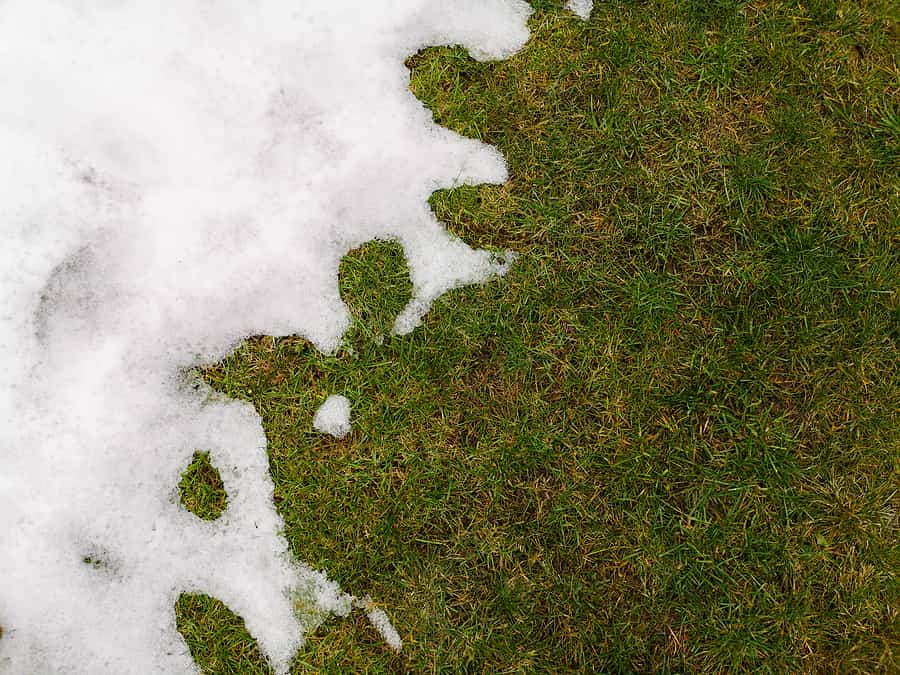As lawns start to disappear under the snow, many homeowners worry about how much “winter kill” they will encounter once spring finally comes around again. Generally, winter kill refers to the damage a lawn suffers during the winter months due to extreme cold temperatures, wind, ice, disease and animals. While the overall damage is unpredictable, a lawn that was properly prepared with nutrients/fertilizer will typically do better. We went over the importance of those steps in our last blog. However, there are some overall advantages to being in Minnesota, where we often see a consistent snow coverage.
Similar to how gardens will be covered with a tarp during the winter, snow coverage will act like a blanket on your dormant lawn. We also explain it to clients like building an igloo: even though the “blanket” is made from cold snow, it acts as a barrier to the elements; the benefit of an igloo is the protection it provides to the person inside those snow walls. That extra layer will help insulate the grass and act as a barrier from especially harsh temperatures or wind. While it can still cause winter kill, it’s often seen as the better option due to that protection. In other words, exposure to harsh, extreme winter weather can be more damaging vs. consistent snow coverage.
While covered in snow (or lack thereof) disease and animals can wreak havoc on your lawn. Snow mold diseases grow when excess moisture is present on the grass for long periods of time. Snow mold will make your lawn look bad, but with time and warmer weather grass will typically recover. Animals can kill grass through concentrated winter traffic and rip up yards when looking for food during the cold winter months. Preventative applications can be done in the late fall to combat disease and animal problems during the winter.
No matter the winter conditions, nor the preventative measures used during the late fall, it’s hard to see the true damage of winter weather until the spring thaw. Once that comes around, take note of any areas that are slower to green or are maintaining an unhealthy yellow color that signals a lack of new growth. You should be able to see good and bad signs in early spring, even if we have a few late snow or ice storms. Then the question is: what actions to take to get your lawn back to its best? Our experts can come in for an inspection to let you know our recommendation on how to maintain your lawn’s health and improve areas that might not have made it through the winter. Often patience, a little good weather and a prescriptive application are the best path to a great lawn again.
bioLawn is a local lawncare service dedicated to using safer products and practices on your property. To learn more about our services and products, check out our website or give us a call.

